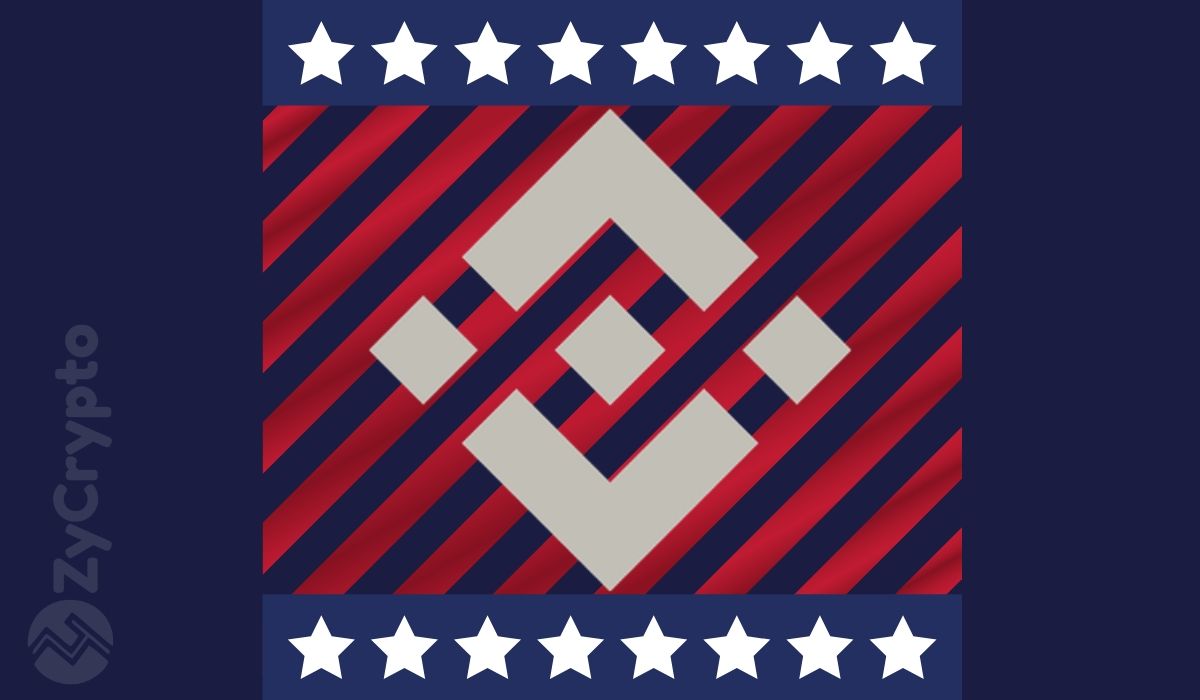Months ago, Binance announced its Binance US and began to accept deposits from US citizens on September 18, starting with Bitcoin (BTC), Ethereum (ETH), Ripple (XRP), Bitcoin Cash (BCH), Litecoin (LTC) and USDT.
Binance US later grew this number to 19 and according to a recently published blog post written by Binance US CEO Catherine Coley, the company is now considering adding another 18 tokens to those already listed.
In the post, the exchange suggests that its decision to expand its list of supported tokens is borne out of the need to have “the most diverse selection of high-quality digital assets, without high fees.”
This expansion is bound to ensure that all of the exchange’s customers are not denied access to the bigger market with a lot more tokens and competition, ensuring that customers can trade assets with “true utility.”
The tokens currently been considered are Celer Network (CELR), Decreed (DCR), Enjin Coin (ENJ), Fantom (FTM), Icon (ICX), IOST (IOST), Komodo (KMD), OmiseGo (OMG), Harmony (ONE), Ontology (ONT), Ren (REN), Status (SNT), Theta (THETA), TomoChain (TOMO), Tron (TRX), NEM (XEM), Tezos (XTZ), and Hedera Hashgraph (HBAR).
The announcement also adds a reminder that all new users will get a $15 bonus when they sign up and will be able to trade free of charge for 30 days as it has been doing since the launch. Because Binance US is unavailable in some US states, the announcement also intimates that the platform is working on expanding access to the states that do not have Binance US access.
On the issuance of these tokens, Coley suggests that the company will take whatever measures it deems fit, to protect against fraud:
“Binance.US recognizes that the ease of issuing blockchain tokens and the perceived lack of regulation could make these tokens targets for abuse. Binanace.US has both legal obligations and moral duties to shield our users from fraudulent blockchain projects and combat financial crimes.”
Coley then concludes by asking the public to do “digital homework” before any decisions are made suggesting that customers are to not only learn about the prospective assets but also about methods being used by Binance.






